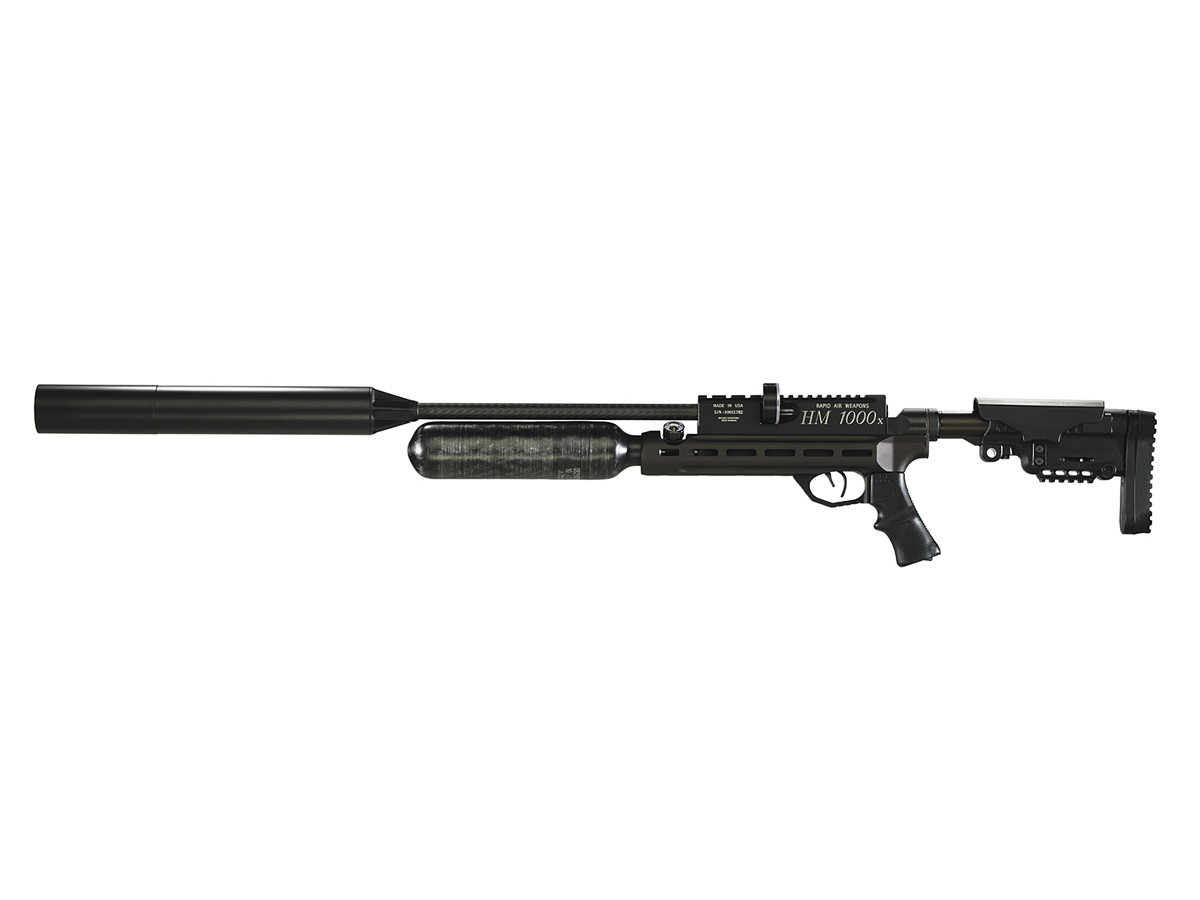Ok guys I am working on getting my HM1000x set up for NRL22 shooting. And with that I am needing to find a slug that will perform not only at short ranges but at distances out to 150 yards at least. Yesterday I was at the indoor range getting some basic testing done with some 218 slugs, made from a Corbin press, as well as some NSA 217 slugs. Tested from 24 - 28 grain slugs, and while some showed promise there was nothing that really stood out. I did have some ZAN 217 25.5 grain slugs that were right at 1" at 100 yards, but being as these are no longer produced...... I need to find something different. So today it was very light wind, around 5-8mph at most, and decided to make the most of it and head to the range. While there I made sure to grab some JSB KnockOut slugs in 216 and 217 both in the 25.45 grain as well as some H&N slugs in 25 grain. The JSB 216's didn't shoot to bad but nothing good, while the 217's were stable at 50 all the way out to 100 yards. The H&N didn't shoot well at 50 so I didn't even try them further.
So being as the 218 slugs didn't shoot very well past 50 yards, and the 217 slugs shot in the 1" range out to 100 yards....... would there be much of a difference between a 217 and a 2175? I do have some NSA 217 and 2175 slugs coming to test so I can see if there is a difference or not. But being as I am planning on getting a Corbin press as well I need to make sure that my diameter is correct before dropping the coin on an entire set up.
I did shoot a few different Javelin V2 slugs as well, and while at 50 yards they all shot very nice tight groups......at 100 yards they were all like a shot gun pattern. These are a sample of the groupings at 50 yards.




So being as the 218 slugs didn't shoot very well past 50 yards, and the 217 slugs shot in the 1" range out to 100 yards....... would there be much of a difference between a 217 and a 2175? I do have some NSA 217 and 2175 slugs coming to test so I can see if there is a difference or not. But being as I am planning on getting a Corbin press as well I need to make sure that my diameter is correct before dropping the coin on an entire set up.
I did shoot a few different Javelin V2 slugs as well, and while at 50 yards they all shot very nice tight groups......at 100 yards they were all like a shot gun pattern. These are a sample of the groupings at 50 yards.



